Art Installations Transform a Historic Venetian Island
San Clemente Island in the Lagoon of Venice, a former refuge for crusaders and a hospice for plague victims, opens an island-wide art show
About 900 years ago, crusaders on their way to the Holy Land would seek shelter on a small island in the Lagoon of Venice: the 17-acre San Clemente Island, just minutes from what is now downtown Venice. In 1131, those crusaders got a church, funded by a wealthy Venetian merchant Pietro Gattilesso, and a monastery soon followed. Over the course of the island’s history, those buildings and the land have been a hospice, a women’s asylum (Mussolini’s first wife was sent to live there until her death in 1937), a hospital, a meeting place for the Doges of Venice and finally a luxury hotel.
And now, for the first time in San Clemente’s long history, the ancient island is supplemented by a collection of contemporary art installations, arranged among the historic buildings and gardens. The pieces—there are seven artworks from six artists total—are placed in conjunction with the 57th Venice Biennale International Art Exhibition Viva Arte Viva, a city-wide program that features art and workshops from 120 artists living in 51 countries.
Dr. Gisela Winkelhofer, owner of Edition artCo, curated the San Clemente exhibition with the theme “This is not the reality—what kind of reality?” in mind. She selected artists who she hoped would explore both reality and silence through their pieces, providing a space away from busy Venice to relax and meditate on the art.
“It’s a slow art exhibition,” Winkelhofer told Smithsonian.com. “It’s really kind of a detox art program. You can enjoy, in a very peaceful surrounding, artwork of the highest quality.”
Included in the seven pieces are two from British artist Julian Opie: one of an LED galloping horse that looks like it’s running alongside the island, and a cluster of skyscrapers made from wood and vinyl that sprout between trees in the park.
“No one would expect skyscrapers first in Venice, second on an island, and third in the court of a former monastery,” Winkelhofer said. “People are really impressed because they get this kind of Central Park and Manhattan feeling in this surrounding, and it really makes you reflect on what’s going on in the world. It’s a counterpart to our reality and what’s going on, related to the contemporary art scene.”
Other works on the island include two mirror-based installations, a set of metallic mushrooms, a fiberglass cloud and a series of 13 steps, located inside the historic church, that appear to float heavenward. Though the island is private property, owned by the San Clemente Palace Kempinski resort, the public is welcome to visit and explore the grounds and installation throughout the exhibition's run from now through November 6, 2017.
Planning Your Next Trip?
Explore great travel deals
Smithsonian magazine participates in affiliate link advertising programs. If you purchase an item through these links, we receive a commission.
/https://tf-cmsv2-smithsonianmag-media.s3.amazonaws.com/accounts/headshot/JenniferBillock.png)
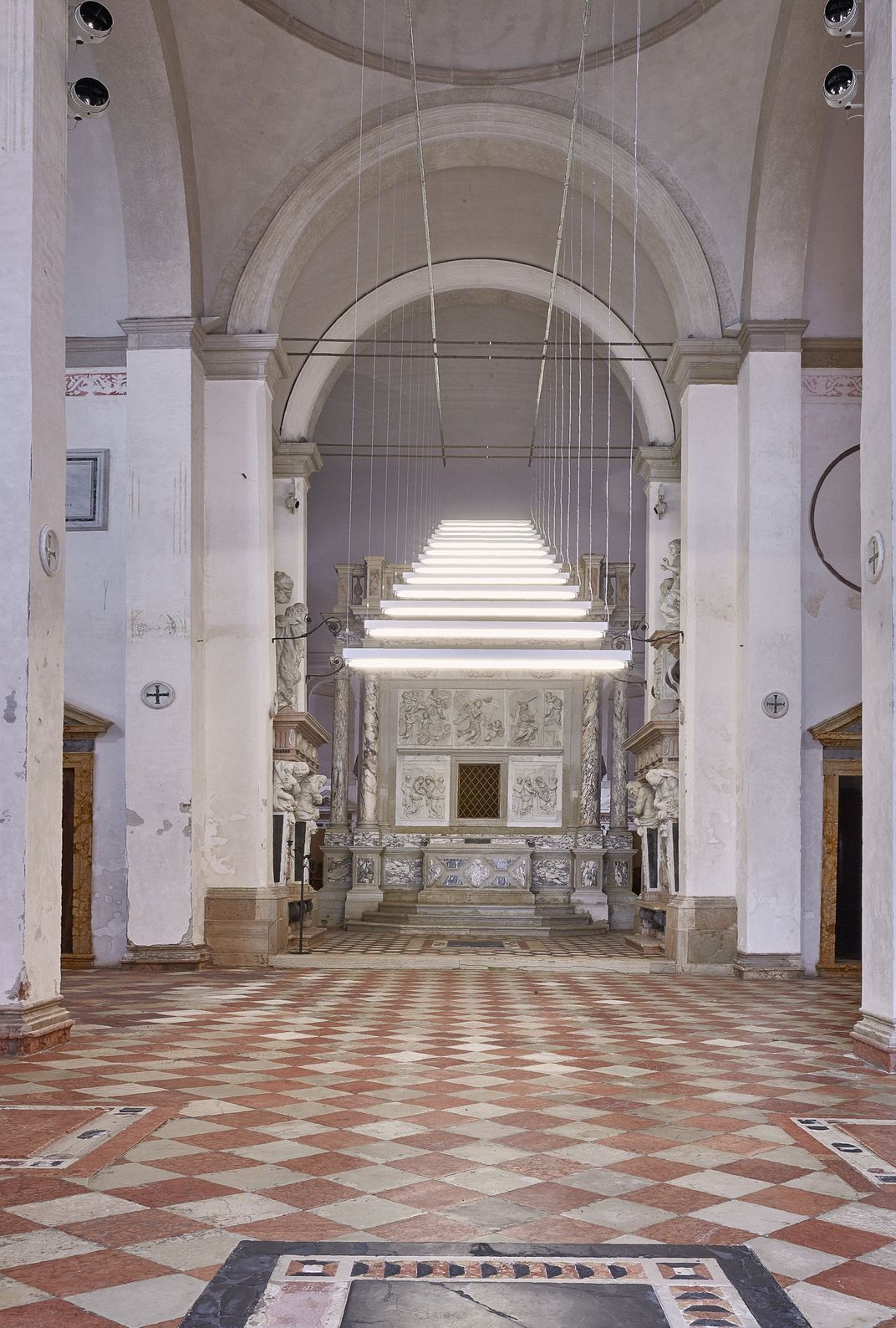
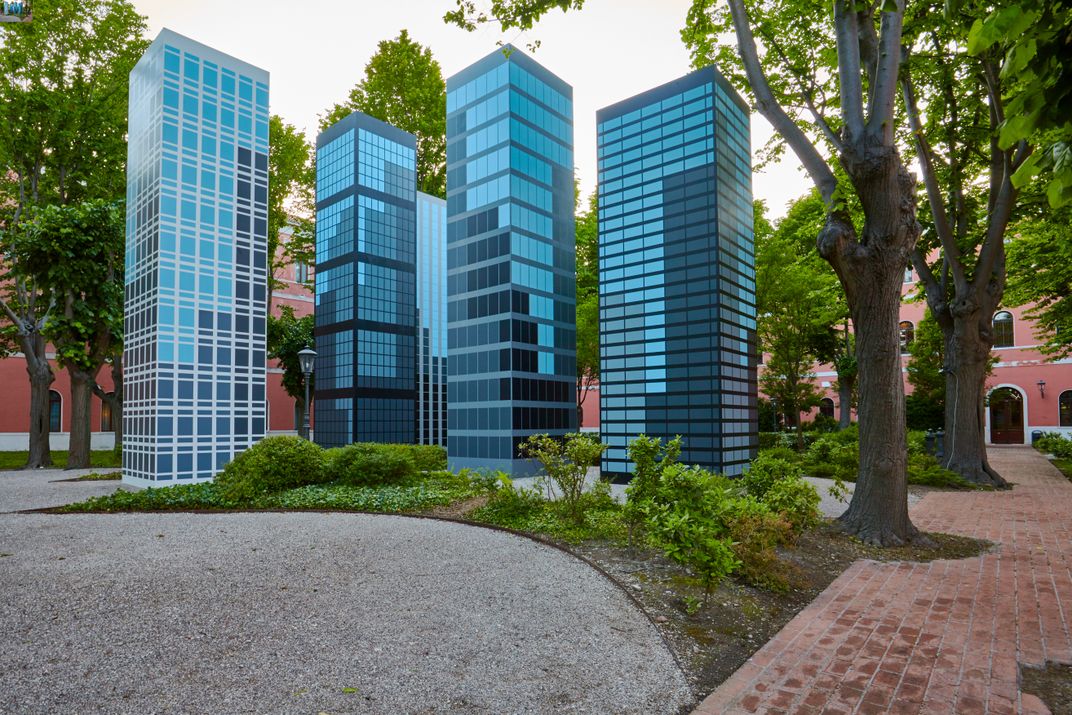
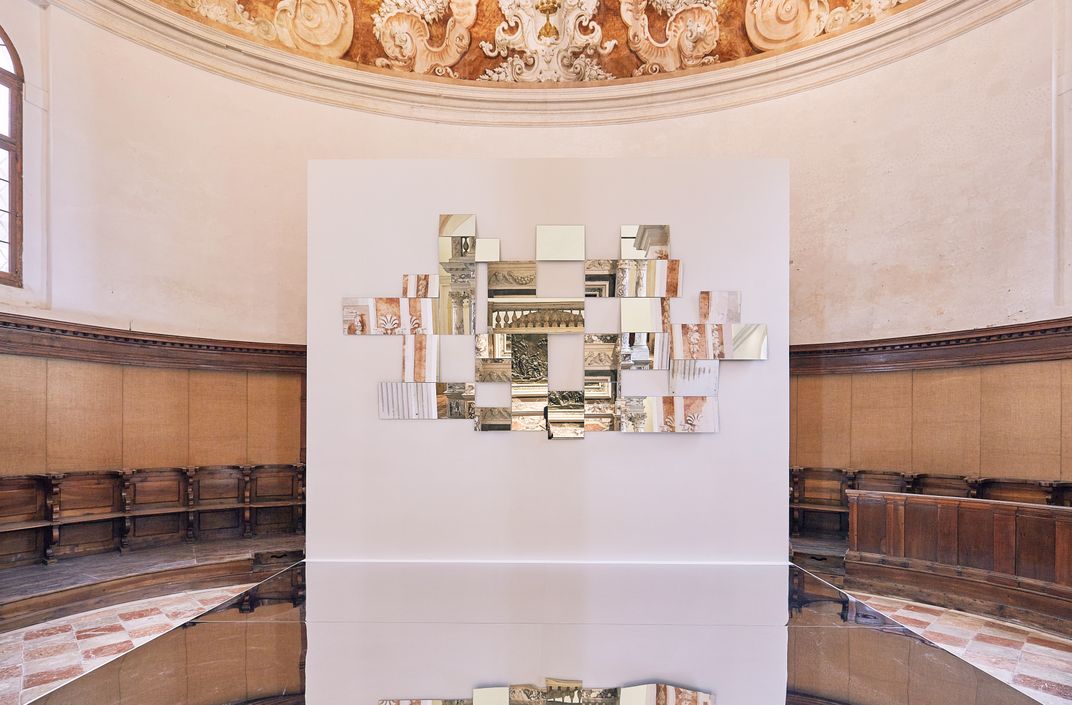
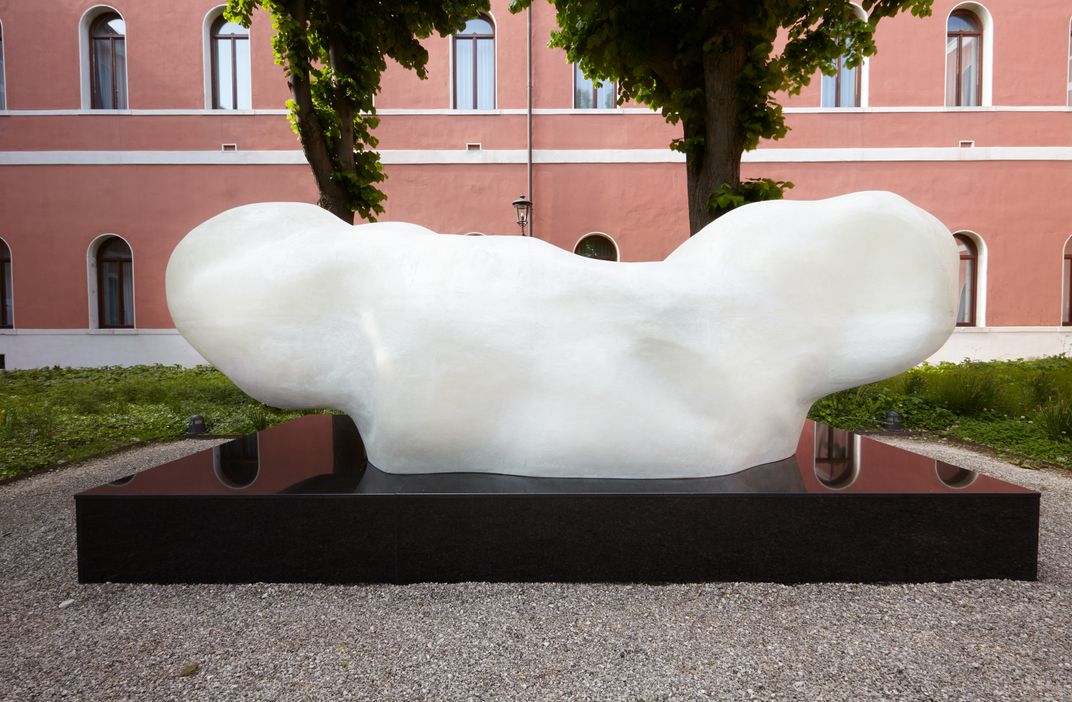
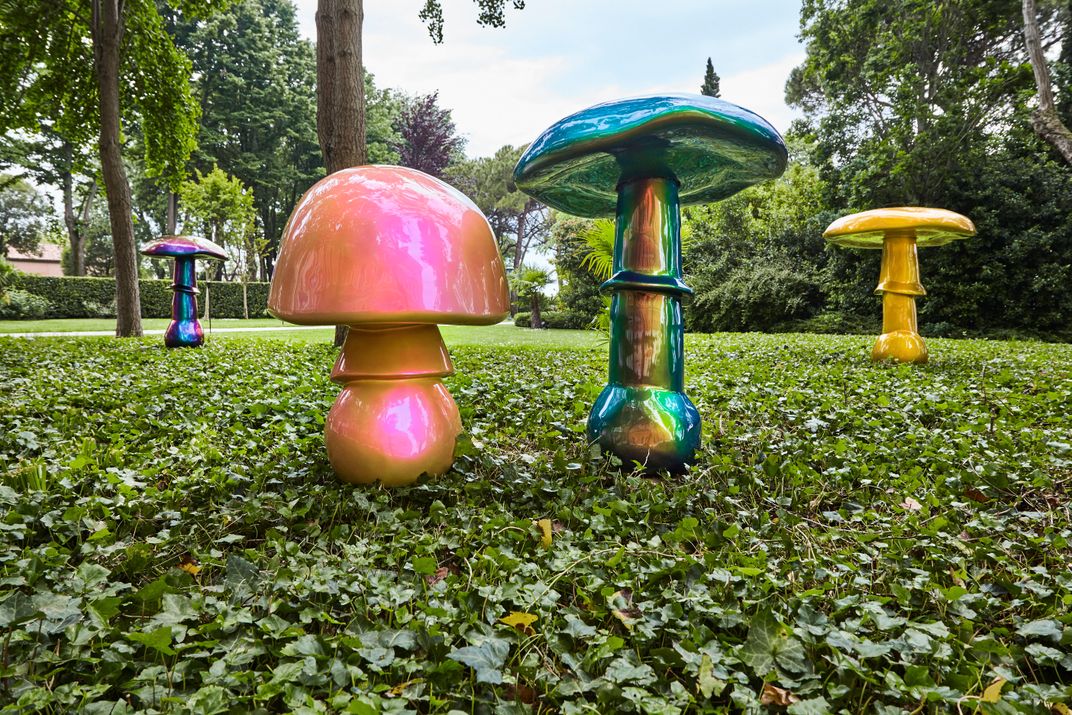
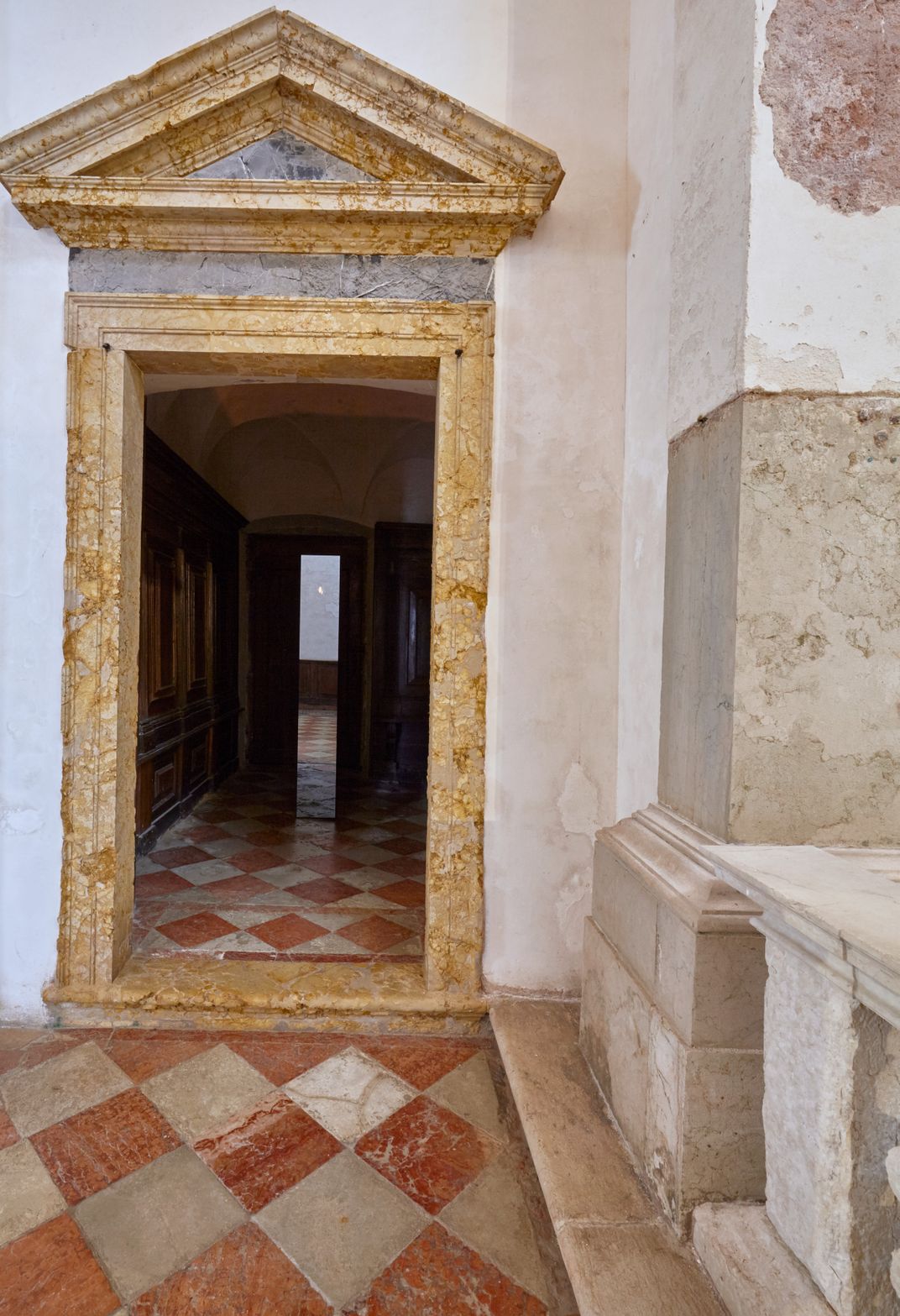
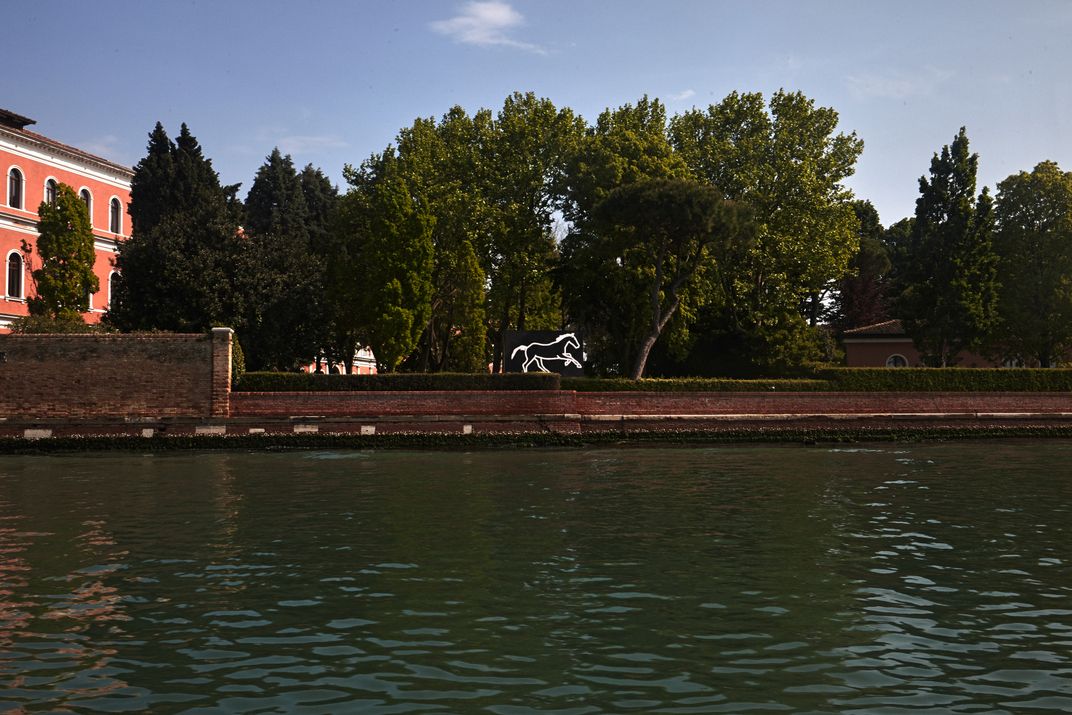
/https://tf-cmsv2-smithsonianmag-media.s3.amazonaws.com/accounts/headshot/JenniferBillock.png)